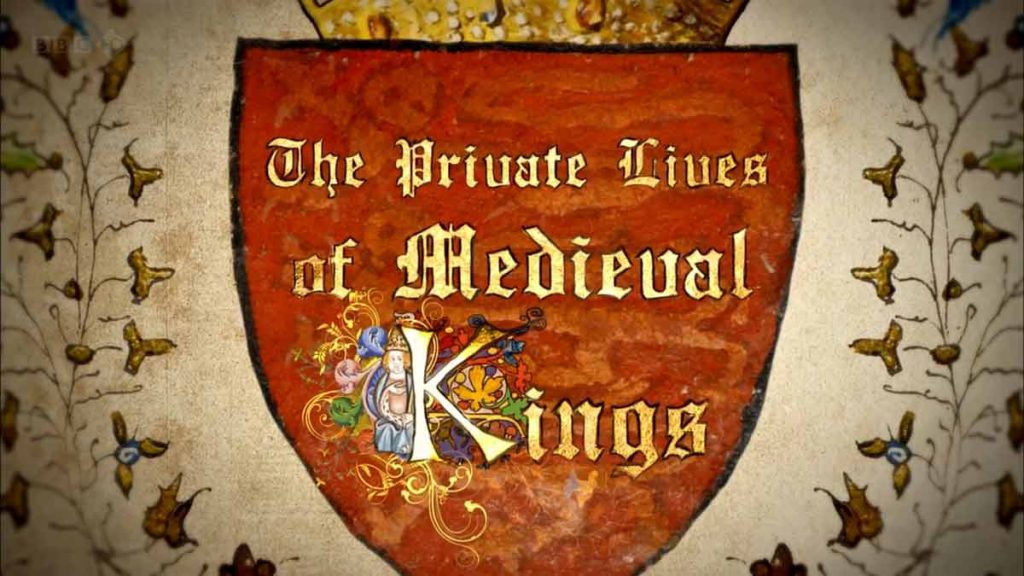The Private Lives of Medieval Kings episode 3: The story of the British Library’s Royal Manuscripts collection reaches its end with the last great flowering of illumination, in the courts of the Tudors.
Dr Janina Ramirez unlocks the secrets of illuminated manuscripts that were custom-made for kings, and explores the medieval world they reveal. In this episode, the story of the British Library’s Royal Manuscripts collection reaches its end with the last great flowering of illumination, in the magnificent courts of the Tudors. She investigates astrological texts created for Henry VII, and unwraps his will – still in its original, extravagantly decorated velvet and gold cover.
She hears music written for Henry VIII, which went unperformed for centuries, and reads love notes between the king and Anne Boleyn, written in the margins of a prayer book. Nina also visits Bruges, the source of many of the greatest manuscripts, where this medieval art form collided with the artistic innovations of the Renaissance.
The Private Lives of Medieval Kings episode 3
Illuminated manuscripts are hand-written books with painted decoration that generally includes precious metals such as gold or silver. The pages were made from animal skin, commonly calf, sheep, or goat. Illuminated manuscripts were produced between 1100 and 1600, with monasteries as their earliest creators. Wealthy patrons also wanted these illustrative works for personal libraries and encouraged the formation of private workshops that flourished in French and Italian cities between the 13th and 15th centuries. The decline of the illuminated manuscript tradition coincided with the ability to mass produce printed text and the increasing numbers of literate people who wanted secular as well as religious books.
lluminated manuscripts were created in various sizes depending on their intended use. The choir pages, below left, were large so that a group could simultaneously view the pages from a distance. The palm-sized prayer book, below right, was produced for a wealthy patron to use for personal worship.
Curators and conservators often work together to examine an artist’s style, techniques, and choice of materials. Looking at artworks under a microscope can reveal minute details that cannot be seen with the unaided eye. Below are two works of art whose similarities in their brushstrokes reveal them to be painted by the same artist, known as the Master of Imola.





Excellent series!